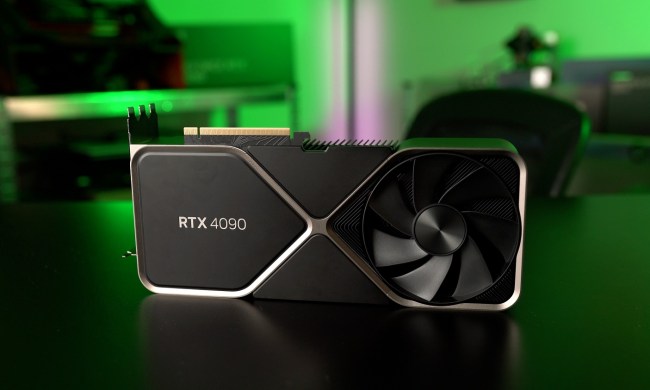Nvidia’s latest GPU, the RTX 4080, has not been the smash-hit Nvidia may have been hoping for. Unsurprisingly, Nvidia may be eager to change that.
According to a new report, Nvidia may be on the cusp of giving the RTX 4080 a much-needed price adjustment. Will that help it compete against the more reasonably priced AMD Radeon RX 7900 XTX?
According to boardchannels, RTX 4080 will be adjusted price in mid-Dec.
However, the source emphasized price cut isn't afraid of RDNA3, but from its own considerations. Price is appropriately reduced to improve price-perf ratio and stimulate sales.https://t.co/M0bXfHqDZI
— 포시포시 (@harukaze5719) December 5, 2022
It’s no secret that the RTX 4080 is not outstanding when it comes to performance per dollar — so much so that many people choose to buy an RTX 4090 instead despite it being more expensive. At the recommended list price, the RTX 4080 costs a whopping $1,199 for the Founders Edition card, and some of Nvidia’s partners bump that price up by as much as a few hundred dollars.
The RTX 4080 also doesn’t appear to be suffering from the usual Nvidia launch time woes, such as low stock or inflated pricing. The price is high, yes, but it was high from the get-go — scalpers seem to be having a hard time selling the card at a profit.
The report comes from Chinese Nvidia board channels and was shared on Twitter by frequent hardware leaker @harukaze5719. Remember that until Nvidia itself confirms this to be true, it’s important to approach the news with some skepticism.
Some sources have been saying that Nvidia is getting ready to slash the price of the RTX 4080 as soon as mid-December. That timing doesn’t appear to be coincidental — AMD is set to release its next-gen RDNA 3 graphics cards on December 13, and both are being presented as rivals of the RTX 4080.
Even though the timing is very convenient, the report claims that Nvidia isn’t cutting prices because it worries about the competition from AMD. Instead, the company has reportedly decided on this price cut because it wants to improve sales and address the poor performance-per-dollar ratio.

The question is — just how much will Nvidia cut the prices, assuming it really does? It’s all a matter of opinion, but in our reviews of the RTX 4080 and the RTX 4090, we’ve found that the performance difference between the two is considerable. This means that the RTX 4080 could certainly use a significant price cut if it wants to compete against the RX 7900 XT and 7900 XTX, priced at $899 and $999, respectively.
For now, the prices are mostly around MSRP, although Nvidia did adjust the pricing in Europe due to the current value of the euro versus the dollar. The price is about 5% lower.



